Mouse sP-Selectin/CD62P ELISA Kit
$299.00 – $419.00
ELISA Kit Detail Information
| Related Target | |
|---|---|
| Species | mouse |
| Sample Type | Serum, plasma, cell culture supernatant, and other biological samples |
| Sample Volume | 100 μL (diluent) |
| Sensitivity | 0.08 pg/mL |
| Array Range | 23.44 pg/mL – 1500 pg/mL |
| Assay Time | 3.5 h |
| Recovery | 85% – 113% |
| Average Recovery | 113% |
| Intra Precision | 2.0% – 4.4% |
| Inter Precision | 1.9% – 4.9% |
| Plate | Detachable 96-well plate |
| Storage | If the reagent kit is unopened, it should be stored at 4℃. However, if it has been opened, the standard solution should be stored at -20℃, while the other components should be stored at 4℃. |
| Delivery | 4℃ blue ice transportation |
| Components | 96-well polystyrene enzyme-linked immunosorbent assay (ELISA) plate coated with anti-sP-Selectin monoclonal antibody Mouse sP-Selectin freeze-dried standard sP-Selectin detect Antibody Standard Diluent Assay Buffer(10×) Substrate TMB Stop Solution Washing Buffer(22×) Sealing Film |
| Assay Principle | This kit utilizes the double antibody sandwich enzyme-linked immunosorbent assay (ELISA) detection technique.Specific anti-mouse sP-Selectin antibodies are precoated on a high-affinity ELISA plate. Standard samples, test samples, and biotinylated detection antibodies are added to the wells of the ELISA plate. After incubation, sP-Selectin present in the samples binds to the solid-phase antibodies and the detection antibodies. After washing to remove unbound substances, streptavidin-HRP labeled with horseradish peroxidase is added. After washing, a colorimetric substrate, TMB, is added and the plate is incubated in the dark for color development. The intensity of the color reaction is directly proportional to the concentration of sP-Selectin in the samples.A stop solution is added to terminate the reaction, and the absorbance value is measured at a wavelength of 450 nm (with a reference wavelength range of 570-630 nm). |
Related Targets
SELP
SELP Target Infomation Overview
- Target Symbol: SELP, selectin P
- Gene Groups: CD molecules; Selectins; Sushi domain containing; C-type lectin domain containing
- Alias: CD62; PSEL; PADGEM; GMP140; CD62P
- Previous Names: GRMP
- Alias Names: antigen CD62; granule membrane protein 140kDa; selectin P (granule membrane protein 140kD, antigen CD62); selectin P (granule membrane protein 140kDa, antigen CD62)
SELP, selectin P Target Infomation by Species
- Human
- Mouse
- Rat
Human SELP Target Information
- Target Symbol: SELP, selectin P
- Alias:
- CD62
- CD62 antigen-like family member P
- CD62P
- FLJ45155
- GMP-140
- GMP140
- granule membrane protein 140
- granule membrane protein 140kDa
- granulocyte membrane protein
- GRMP
- LECAM3
- leukocyte-endothelial cell adhesion molecule 3
- P-selectin
- PADGEM
- platelet activation dependent granule-external membrane protein
- platelet alpha-granule membrane protein
- PSEL
- selectin P (granule membrane protein 140kDa, antigen CD62)
- NCBI_Gene: 6403
- UniProtKB: P16109
Human SELP Predicted Functions
Enables several functions, including fucose binding activity; heparin binding activity; and lipopolysaccharide binding activity. Involved in several processes, including calcium-dependent cell-cell adhesion via plasma membrane cell adhesion molecules; calcium-mediated signaling using intracellular calcium source; and leukocyte tethering or rolling. Located in external side of plasma membrane; extracellular space; and platelet alpha granule membrane. Is integral component of plasma membrane. Implicated in atopic dermatitis and myocardial infarction. Biomarker of several diseases, including Kawasaki disease; autoimmune disease (multiple); coronary artery disease (multiple); obesity; and type 2 diabetes mellitus.
Mouse Selp Target Information
- Target Symbol: Selp, selectin, platelet
- Alias:
- CD62P
- granulocyte membrane protein
- Grmp
- P-selectin
- NCBI_Gene: 20344
Mouse Selp Predicted Functions
Enables calcium-dependent protein binding activity and sialic acid binding activity. Involved in positive regulation of leukocyte tethering or rolling and positive regulation of platelet activation. Acts upstream of or within several processes, including heterophilic cell-cell adhesion via plasma membrane cell adhesion molecules; leukocyte tethering or rolling; and positive regulation of leukocyte migration. Located in external side of plasma membrane. Is expressed in blood and liver. Human ortholog(s) of this gene implicated in atopic dermatitis and myocardial infarction. Orthologous to human SELP (selectin P).
Rat Selp Target Information
- Target Symbol: Selp, selectin P
- Alias:
- CD62 antigen-like family member P
- GMP-140
- granule membrane protein 140
- LECAM3
- leukocyte-endothelial cell adhesion molecule 3
- MGC124632
- P-selectin
- PADGEM
- platelet activation dependent granule-external membrane protein
- PSELECT
- Selectin platelet
- selectin, platelet
- NCBI_Gene: 25651
Rat Selp Predicted Functions
Predicted to enable several functions, including fucose binding activity; heparin binding activity; and lipopolysaccharide binding activity. Involved in several processes, including leukocyte migration; regulation of cellular extravasation; and response to lipopolysaccharide. Located in external side of plasma membrane and extracellular space. Used to study acute necrotizing pancreatitis and anti-basement membrane glomerulonephritis. Biomarker of atherosclerosis; colitis; congestive heart failure; and myocardial infarction. Human ortholog(s) of this gene implicated in atopic dermatitis and myocardial infarction. Orthologous to human SELP (selectin P).

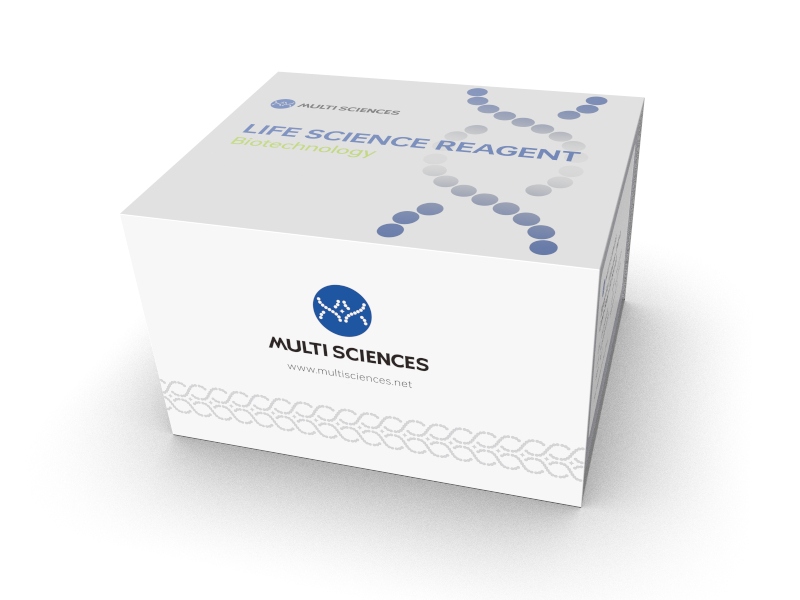
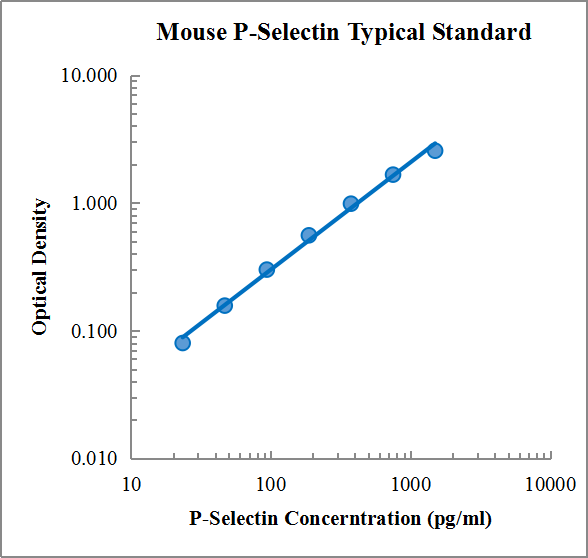
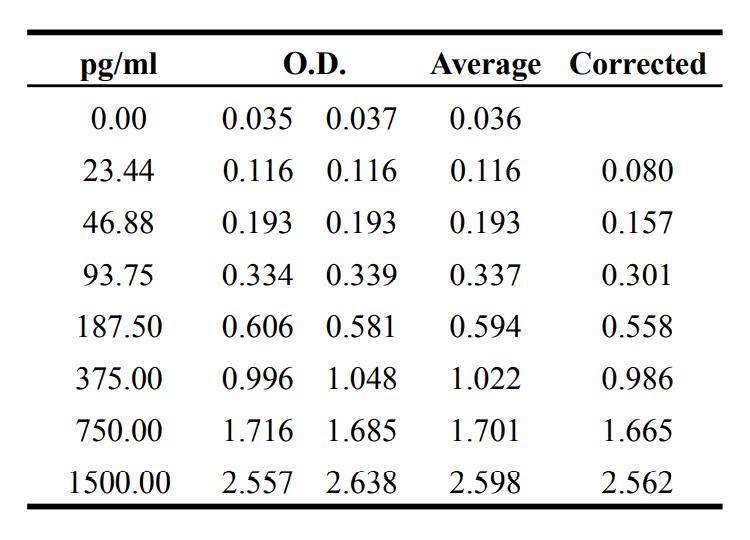
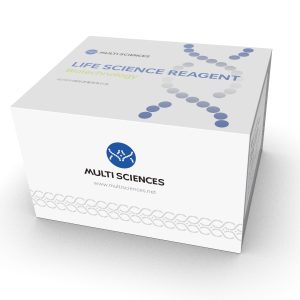

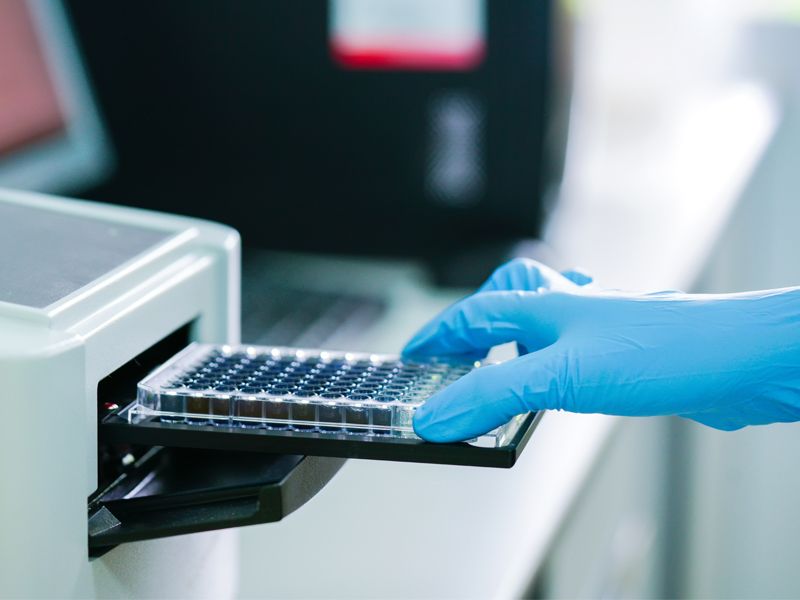
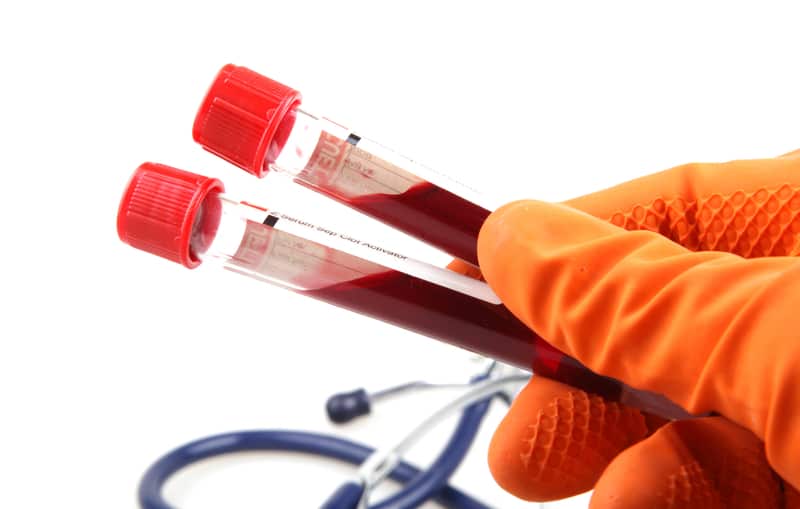

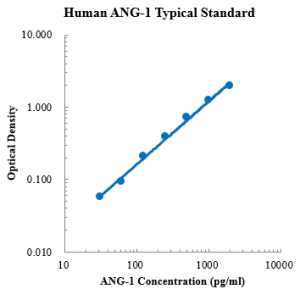
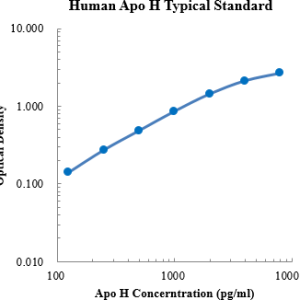
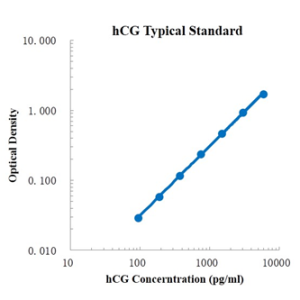
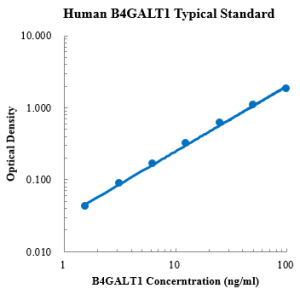
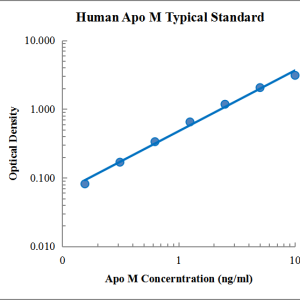
Reviews
There are no reviews yet.